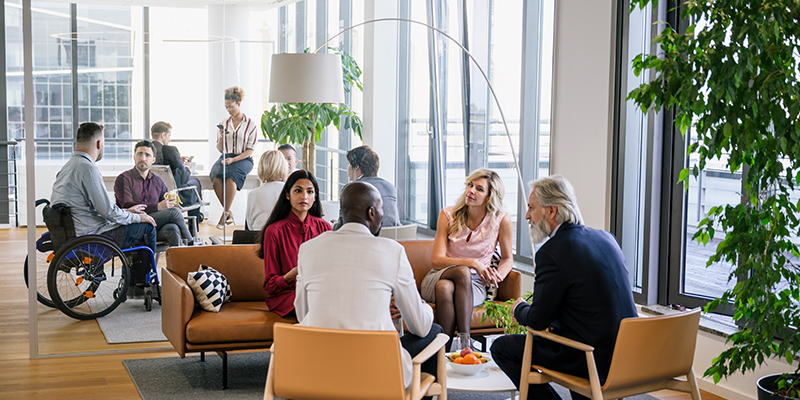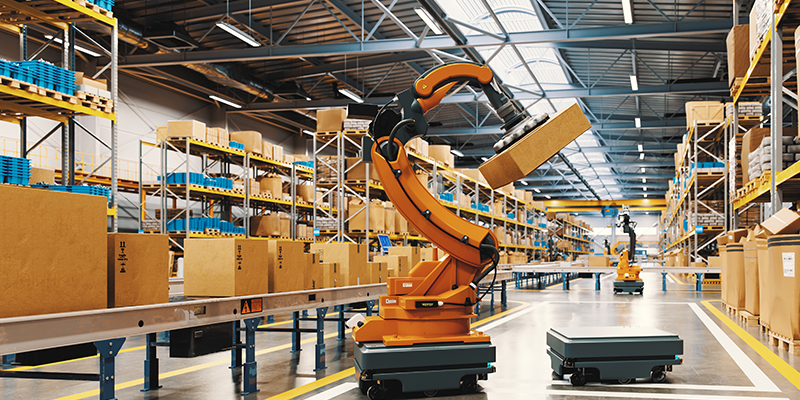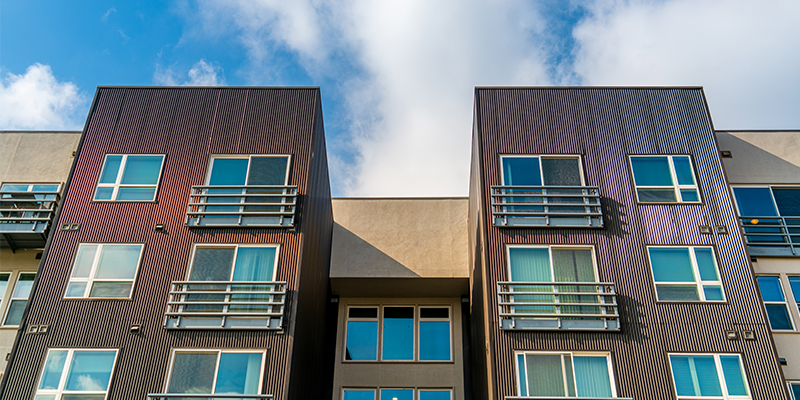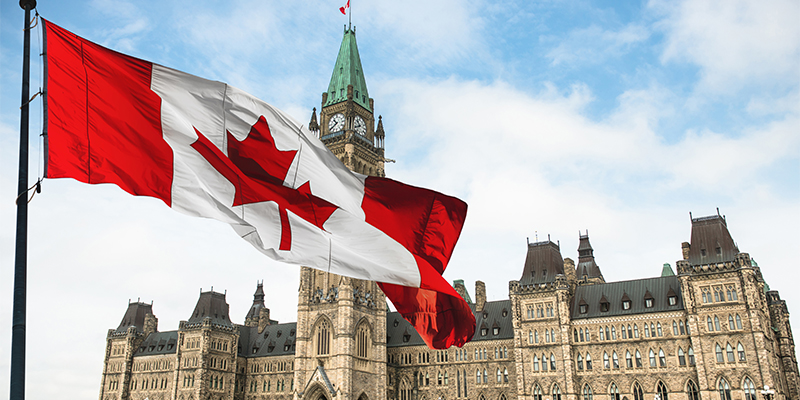The fallout from the pandemic and resulting economic chaos remain challenges for developers, property owners and managers, tenants and their employees. They also provide a critical lesson in resilience.
“Resilience is a muscle, and like our biceps, if we don’t work them and exercise them, then they won’t grow,” said Kristin Jensen, AIA, principal and co-managing director with Gensler, the integrated architecture, design, planning and consulting firm. “It’s really about how to prepare for and bounce back from difficult times.”
Architects and property owners today are creating the future of workspaces and the built environment for a market shaped by the pandemic, the recession, climate change and calls for social equity.
They are taking their cues from property owners, employers and employees alike. What they’re discovering is a demand for flexibility in building and interior space design and utilization that also serves the company culture.
What they’re discovering as well is that with flexibility will come an easier transition into the future of work.
How are successful, “best places to work”-type companies planning their return to work? Earlier this year, a Gensler employer survey found they anticipate more staff in the office and are three times as likely to increase their real estate footprint, she said. Eight percent plan to increase space by more than 50%.
What will define that new space? A number of attributes will become common. The pandemic drove new workplace needs, as well as accelerated emerging workplace trends. The new workspace will feature:
- A fresh look at the evolving roles of work and where it’s done. People will return with a greater focus on the “uncoupled” nature of work and place and the role the virtual environment plays. Some industries and jobs will require high levels of collaboration. “Place,” however, has been redefined as “what brings people together,” she said. “This will continue to shape how we connect.”
- A redesigned workplace. Jensen shared images of offices with moveable walls and desks, interior spaces that opened to outdoor decks, and multipurpose interior spaces that doubled as “stadium”-like areas for large presentations. The renovation of one Class B building created a trophy property and an example of design that can both lure prospective tenants and retain existing ones.
- Digital tools that drive equitable engagement. A new culture has been created. During the pandemic, technology, devices and applications became the “connective tissue” that allows for a “frictionless” transition between places of work. They also enhanced equity. When video conferencing applications sized everyone into equal-shaped boxes on a screen, even the most timid workers enjoyed “equity of engagement.” Embraced across the organization in the future, this will allow “each employee to connect with the business’s unique business model, mission and purpose,” she said.
- Amenities to enhance the in-person experience. Choice, autonomy, and holistic health and wellness were drivers before the pandemic. Designers and architects are going beyond a fitness room or onsite gyms. They’re retrofitting rooftops and other open spaces and adding juice bars and meditation rooms that can reduce stress, boost productivity and lure workers back. Gensler’s office in Miami’s Wynwood district employs “biophilia,” or the use of natural colors and foliage, that calms workers and gives a respite from the world outside. “If you want people to come back to the office, you need to make it better than home,” she said.
- Continued sustainability. With almost half of U.S. energy consumed by the built environment, conservation was driving design decisions even before the pandemic. Gensler projects are expected to be net-zero carbon by 2030, she said. “Climate change remains a defining issue of our time,” she said. “Projects that don’t support health, wellness and sustainability are going to be less valuable, because people will refuse to occupy them.”
The new hybrid workplace offers a chance to fix pre-pandemic issues in the workplace. But it’s also an opportunity to explore new real estate strategies. With innovation and entrepreneurialism that blossomed during the pandemic, the workplace will grow smarter. It will drive home-to-office connectivity, while also enhancing the work-life balance that blossomed during the pandemic.
“Flexibility and adaptability are critical for this hybrid workforce. But they’re also very important to our resilience,” she said. “If we exercise that resilience muscle, we’ll be stronger going forward.”
This post is brought to you by JLL, the social media and conference blog sponsor of NAIOP’s CRE.Converge 2021. Learn more about JLL at www.us.jll.com or www.jll.ca.









